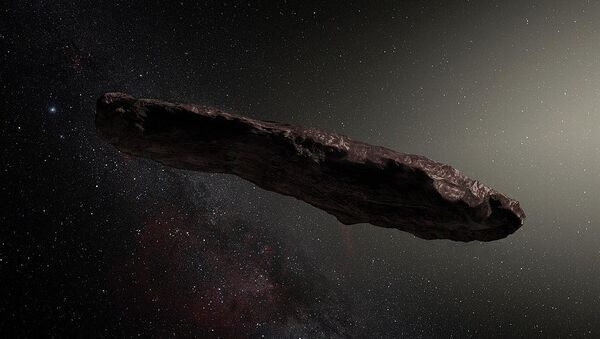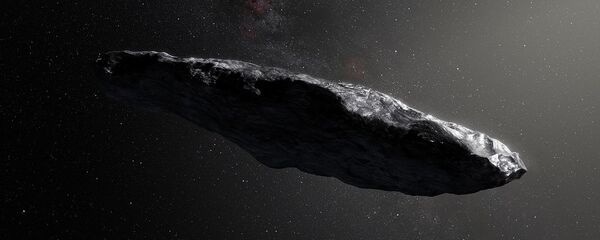Avi Loeb, an astronomer at Harvard Smithsonian Center for Astrophysics who earlier suggested that space rock Oumuamua might be an alien craft, said that even if the object has a natural origin, its shape and behavior appear incredibly strange.
"Most intriguingly it's moving on a trajectory that implies an extra push in addition to the gravitational force from the sun. There seems to be another force acting on it," Loeb said as quoted by The Independent.
"It's the very first interstellar object that we discovered in the solar system, passing near the earth. And it's sort of like having a guest for dinner and realising that out of the other guests you have this one is from a foreign country and you can learn about the culture in that country without paying the airline ticket to go there," the astronomer remarked.
Earlier, Alan Fitzsimmons, an astrophysicist at Queens University, challenged Loeb’s “alien spacecraft” theory, arguing that Oumuamua’s observed characteristics “are consistent with a comet-like body ejected from another star system.”
Astrophysicist Katherine Mack also pointed out that “scientists are perfectly happy to publish an outlandish idea if it has even the tiniest *sliver* of a chance of not being wrong."
Oumuamua, which means “messenger from afar” in Hawaiian, was first discovered in 2017 by researchers with the Panoramic Survey Telescope Rapid Response Systems (Pan-STARRS), located on Maui.
The cigar-shaped space rock which was designated as a comet by astronomers is apparently the first known object from another solar system to pass through our own.


